As the construction industry continues to evolve, so does the gear that keeps construction workers safe and dry during inclement weather. When the heavens open, construction workers need more than just an umbrella to stay dry; they need reliable rain gear specially designed for their demanding work environment. In this article, we will delve deep into the exciting world of rain gear for construction workers, examining the new trends and innovations that are changing the game. From high-tech materials and smart features to sustainable solutions, there's a world of remarkable advancement waiting to be discovered. And remember, it's not just about staying dry; it's about improving comfort, safety, and productivity even in the harshest weather conditions. So, put on your raincoat and let's delve into the future of rain gear for construction workers.
Importance of Rain Gear for Construction Workers
When it comes to the construction industry, it's all about one thing: "safety first." Construction sites can become significantly hazardous during rainy seasons when slippery conditions are at their peak, making it imperative for workers to gear up properly. Enter – rain gear for construction workers. These essential pieces of clothing often don't get the limelight they deserve, but could possibly redefine workplace safety when it comes to wet weather. Belta, check out why the importance of rain gear for construction workers cannot be overstressed.
Protection from Elements
Cut through the wind or outlast the downpour, rain gear acts as the first line of defense for construction workers against the elements. Designed to shelter workers against rain, they're also made to resist the often harsh, chilling winds that accompany a tempest:
- Waterproof Clothing: Your typical rain gear includes waterproof trousers and jackets, creating a resistant shield between the wearer and the unforgiving rain.
- Insulated Gear: These pieces are designed to keep the wearer warm despite chilly winds. This is essential as prolonged exposure to cold conditions can result in hypothermia.
- Headwear: Helmets fitted with insulation and waterproof features shield the head and face from rain and wind alike.
Enhanced Safety
Rainy conditions can make handling machinery or manoeuvring around the site challenging. Here's where rain gear can play an integral role in enhancing safety.
- High-Visibility Clothing: High-visibility rain gear ensures that construction workers remain well within sight, even amidst low-light conditions.
- Traction Boots: Waterproof boots designed for robust traction can prevent slips and falls on the soggy terrain of a construction site.
Comfort
Water-logged clothing isn't just a safety issue - it's highly uncomfortable. An uncomfy worker is a distracted worker. Rain gear can bring a high level of comfort to those at construction sites by keeping them dry and enabling them to focus entirely on their tasks.
If there's anything to learn from the above points, it's that rain gear is a pivotal part of the safety gear for construction workers, responsible for offering protection, enhancing safety, and ensuring comfort during the most challenging weather conditions. Remember, an investment in safety is never wasted.
It's essential to recognize the irreplaceable role of rain gear in the construction industry. They're not just pieces of clothing – they are integral parts of a worker's armor against a stormy day at the site, which deserve as much respect and attention as every other safety measure out there.
Trends in Rain Gear for Construction Workers
As we continue to evolve in our technological capabilities, we see that surge of innovation also flooding into sectors you might not initially consider – like rain gear for construction workers. The traditional heavy-duty raincoat known and loved by many workers is now starting to seem somewhat archaic, as global manufacturers introduce cutting-edge technology to make rain gear more reliable, comfortable and, importantly, safer. Let's look into some of the top emerging trends that are taking rain gear for construction workers to the next level.
Advanced Waterproof Materials
Say goodbye to the old days of donning a heavy, uncomfortable rubber raincoat that merely keeps you dry at the expense of your comfort. Modern rain gear has come a long way. Now, these essentials for wet-working days are made from advanced waterproof materials that balance durability with comfort. Workers can now enjoy protection from the elements that also respects their need to move freely and comfortably. Harnessing technology similar to that used in high-performance athletic wear, these latest materials are thin, flexible, but still incredibly resistant to water penetration.
Breathability and Ventilation
Ask any construction worker, and they'll tell you that one of the most significant disadvantages of traditional rain gear is how hot and stifling it can get. It seems counterintuitive, doesn't it, that something protecting you from water can make you feel damp and sweaty? Thankfully, the newest developments in rain gear are being designed with breathability in mind. These fresh takes ensure ventilation, allowing the worker's body heat to escape without letting water in. It’s truly a game-changer in ensuring utmost comfort during hard work in rainy conditions.
Ergonomic Design
Comfort isn't just about staying dry and cool. It's also about being able to move freely. This is where ergonomics come into play. Ergonomic design ensures that the wear-and-tear on the worker's body is reduced. Think of clothing that curves with the body, weight distribution in tool belts, and even clever features like reinforced knees that can take the brunt of the work. Today's rain gear includes such ergonomic features, taking into account the typical movements and tasks of a construction worker to ensure comfort all day long.
High Visibility
On a construction site, visibility is paramount for safety. When you add rain to the mix, achieving high visibility can be especially challenging – but it's more important than ever. Here too, modern rain gear for construction workers doesn’t disappoint. In addition to the above, many manufacturers are incorporating reflective technology and bright colors into the designs. Regardless of how heavy the rain gets, workers remain visible to each other, helping to prevent accidents and ensure overall work-site safety.
Through these advancements, rain gear for construction workers is not just evolving; it’s revolutionizing. Ensuring comfort without compromising safety, the latest trends in this area are making work in even the harshest weather conditions safer, easier, and even slightly more enjoyable. In recognition of the crucial work that construction workers do, it's good to see these key trends supporting their hard work and helping them stay safe and comfortable out there in every climate.
Innovations in Rain Gear for Construction Workers
In the dynamic world of construction, task efficiency and safety are paramount. As the industry evolves, it embraces innovation at every turn, especially when it comes to safeguarding its workers against environmental conditions. A highlighted example of this progress can be found in the advancements within rain gear technology for construction workers. From smart features to integrated safety technology and a high focus on durability, modern rain gear is not your grandpappy's oilskin anymore. Constructed to withstand the toughest weather conditions, these outfits streamline productivity, reduce downtime, and ensure workers' safety.
Smart Features
New-age rain gear doesn't just keep you dry; it adapts to your needs. Among their numerous intelligent add-ons, it’s hard to ignore the revolutionary features like:
- Wind and water-resistant materials: Made from high-tech fabrics, these materials are designed to withstand harsh conditions without losing their effectiveness.
- Breathable designs: These outfits wick away sweat and ventilate heat to keep workers cool during challenging tasks.
- Enhanced mobility: With flexible, lightweight materials, these gears don't hinder movement, ensuring maximum efficiency.
Integrated Safety Technology
Safety is a non-negotiable priority in the construction industry. Thus, the introduction of integrated safety technologies has been a game-changer when creating the ideal rain gear:
- High visibility: To tackle foggy or low light conditions, rain gear now includes reflective stripes or patches, increasing the worker's visibility to others.
- Reinforced materials: These protective outfits generally feature abrasion-resistant fabrics and reinforced seams, ensuring durable protection against rough work and potential injuries.
- Waterproof technology: Thoroughly sealed seams and waterproof zippers keep the users utterly dry in torrential rains.
Durability and Longevity
An attractive feature of the modern rain gear is its promise of longevity. No longer a disposable commodity, these high-tech apparels are designed to resist wear and tear, significantly reducing the frequency of replacement. The endurance-focused design makes these products a smart investment for both individual workers and companies alike.
Fueled by innovation, rain gear for construction workers has dramatically evolved, leading to improved safety, comfort, and work efficiency. Whether you’re a builder braving the elements or a safety manager committed to protecting your team, the progression in this niche of work attire cannot be overlooked. These strides in technology have revolutionized the concept of protection for the modern construction worker, paving the way for a safer and more efficient workplace.
Benefits of Upgrading Rain Gear
In an era marked by advancements in all spheres of life, one shouldn't underestimate the influence of technology in unanticipated sectors like rain gear. Yes, even something as mundane as rain gear is experiencing its fair share of evolution. Upgrading your rain gear not only means donning the latest advancement but also enjoying numerous benefits like improved performance, reduced health risks, and enhanced comfort.
Improved Performance and Productivity
The charm of indulging in outdoor activities on drizzly days can be short-lived if you find yourself soaked, cold, and distracted by uncomfortable rain gear. High-quality rain gear has scientifically-proven technical elements that keep you dry and allow you to focus on the task at hand, be it hiking, walking, or just going about your daily routine.
- Waterproof feature - The primary purpose of rain gear is to shield you from the rain. Modern rain gear comes equipped with a waterproof feature that effectively repels water, keeping you dry even during heavy rainfall.
- Breathability - Nothing is more uncomfortable than feeling sweaty and stuffy from the inside while it's raining outside. Upgraded rain gear addresses this issue with its breathability aspect. The material allows moisture from your body to escape, maintaining a comfortable balance of warmth and coolness.
- Durability - Not all weather conditions are alike. Be it gentle drizzle, torrential rainfall, or thunderstorms; updated rain gear can withstand various weather conditions owing to its durable material.
Reduced Risk of Health Issues
Staying dry and warm during rainy seasons can help mitigate potential health issues such as colds, coughs, and hypothermia. High-quality rain gear provides adequate protection, ensuring your health doesn't take a backseat during your outdoor adventures. A research study showcased the importance of appropriate clothing during adverse weather conditions, highlighting a marked decrease in health issues when effective rain gear is used.
Enhanced Comfort and Mobility
Generally, comfort and mobility are compromised with bulky and heavy rain gear. But the upgraded versions are nothing like their predecessors. They are light, flexible, and ergonomically designed to enhance mobility.
- Lightweight - Upgraded rain gear is designed with lightweight materials, enabling you to move about without feeling weighted down.
- Ergonomically designed - The tailored fit provides comfort and ensures the gear doesn't interfere with your actions, giving more room for greater movement.
In essence, stepping out in the rainfall doesn't have to be an ordeal anymore. With upgraded rain gear, you can embrace the showers without apprehension, adding a dash of joy to otherwise gloomy days. It not only affords protection and comfort but may also lead to improved productivity, reduced health risks, and better mobility. So, delay no more! Replace that old raincoat with some advanced rain gear and experience the difference firsthand.
Sustainable and Eco-friendly Rain Gear Solutions
The movement towards sustainable and eco-friendly products is likely something you've noticed recently. This wave of environmental consciousness is important as it's reshaping industry norms and encouraging us to carefully consider how each purchase impacts the earth we all share. The rain gear market is no exception when it comes to this eco-trend. This section of the article further explores sustainable and eco-friendly rain gear solutions - from the materials used to the manufacturing process itself.
Recycled and Recyclable Materials
The use of recycled materials in the production of rain gear has seen a significant upswing in recent years. But why is this important?
- Less Waste: Using recycled materials can substantially cut down on waste that ends up in landfills.
- Reduced Carbon Footprint: The process of recycling materials generally generates fewer greenhouse gases than the production of new, raw materials.
Clothing companies are making a concrete effort to utilize fabrics like recycled nylon or polyester in their rain gear. Furthermore, plenty of manufacturers are now ensuring that their products are recyclable at end of life, extending the lifecycle of the materials and minimizing waste even further.
Bio-based Materials
Asides from recyclables, bio-based materials are the new rage in the rain gear industry. These are materials derived from organisms that are renewable or replenishable over a given period. The use of bio-based materials in the production of rain gear has several advantages:
- They are sustainable: Unlike fossil-based materials, bio-based materials are renewable resources.
- They contribute to lowering carbon emissions: As bio-based materials grow, they absorb CO2, reducing the amount of this greenhouse gas in the atmosphere.
- They are often biodegradable: At end of life, many bio-based materials can be composted, returning nutrients to the earth and completing the lifecycle.
Water Conservation Efforts
Finally, the importance of water conservation in rain gear manufacture cannot be overstated. Traditional methods of dyeing and treating fabrics for rain gear can use significant amounts of water. Many companies are now resorting to more sustainable production methods that conserve water.
- Dry Dye Technology: This process utilizes compressed CO2 to infuse color into fabric, drastically reducing the amount of water used in traditional dyeing processes.
- Closed-Loop Systems: These systems recycle and reuse water within the manufacturing plant, significantly minimizing water waste.
In essence, the sustainable and eco-friendly approach in the rain gear market is not just a trend, it's an ongoing necessity. It's an inviting call to action for manufacturers and consumers alike to realize their shared responsibility. Together, let's usher in a future of rain gear that respects, protects, and harmonizes with our beautiful planet.
Factors to Consider when Choosing Rain Gear
Rainy days can be quite unpredictable, but having the right rain gear can make all the difference. Rather than letting the weather dampen your spirit, the perfect rain gear can help you navigate through any rainfall while keeping you dry and comfortable. To make the right choice, you should consider factors like functionality, durability, fit and comfort, and cost-effectiveness.
Functionality
Choosing rain gear with excellent functionality often means selecting products that have been uniquely designed to serve their specific purpose. You should look for rain gear that is:
- Waterproof: The main purpose of rain gear is to keep you dry. Hence, you should choose gear that is completely waterproof to provide optimal protection against rainfall.
- Breathable: Gear that causes too much sweating can be uncomfortable. Hence, choose breathable rain gear that allows air to circulate, keeping you cool.
- Lightweight: Your gear shouldn't feel like a burden. Lightweight gear provides protection without hindering your movement or comfort.
Durability
Durability is a significant factor to consider when selecting your rain gear. High-quality materials and construction ensure long-lasting gear that can withstand heavy downpours and rough use. Look for gear made from resilient materials like nylon or polyester, and consider details like the strength of zippers and seams.
Fit and Comfort
Wearing ill-fitting rain gear is just as bad as getting caught in the rain with none. It's essential to purchase rain gear that perfectly fits your body and offers comfort. Always take the time to try on different sizes and styles until you find something that feels right. The perfect fit should offer enough room for mobility and layering clothes underneath, without being too bulky.
Cost-effectiveness
Lasty, consider whether the price of the rain gear aligns with its quality. While durability, functionality, and comfort are essential, you don't have to break the bank to secure good rain gear. Determine your needs and budget before shopping around, keeping in mind that the most expensive option isn't always the best.
"The difference between something good and something great is attention to detail." ~ Charles R. Swindoll
Picking the right rain gear can transform your rainy day experiences, turning potential hindrances into minor road bumps. So take the time to choose wisely, and don't let a little rain stop you from enjoying your day.
Conclusion
Keeping abreast with the latest trends in rain gear not only ensures the safety and health of construction workers but also boosts their productivity. From advanced waterproof materials to high-tech smart features, these developments have significantly improved the quality and functionality of rain gear. As the industry progresses, it's essential for workers to adapt and upgrade their equipment.
For durable, comfortable, and high-quality rain gear, construction workers can trust Hurricane Raingear, a brand that lives up to its promise of delivering 100% waterproof, rip-resistant, and breathable rain gear. Handcrafted in the Pacific North West using 100% North-American-Made materials, Hurricane Raingear reflects the future—combining functionality, safety and comfort, a fit designed for the tough jobs of construction workers.
While the future of rain gear for construction workers certainly looks promising, it's important to note that the best rain gear is one that fully meets the user's needs and preferences. As such, features such as functionality, durability, fit, comfort, and cost-effectiveness should remain key deciding factors.
Frequently Asked Questions
-
What are the latest trends in rain gear for construction workers?
Some of the latest trends in rain gear for construction workers include lightweight and breathable materials, ergonomic designs for increased mobility, high-visibility color options, and integrated technology such as built-in LED lights or smartphone connectivity.
-
Are there rain gear options specifically designed for extreme weather conditions?
Yes, there are rain gear options specifically designed for extreme weather conditions. These may include insulated and waterproof jackets, pants with reinforced knees and seat, and garments with added features like heat reflective lining or windproof capabilities.
-
Can rain gear for construction workers be customized with company logos?
Yes, many manufacturers offer customization options for rain gear, allowing construction companies to add their logos or branding. This can help promote brand visibility and enhance a professional image on job sites.
-
What are the key factors to consider when choosing rain gear for construction workers?
When choosing rain gear for construction workers, important factors to consider include waterproof and breathable properties, durability, comfort and mobility, visibility, fit and sizing options, and any additional features that may be beneficial for specific job requirements.
-
Are there eco-friendly rain gear options available for construction workers?
Yes, there are eco-friendly rain gear options available for construction workers. Some manufacturers offer rain gear made from recycled or sustainable materials, while others focus on minimizing environmental impact through responsible manufacturing processes.



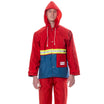
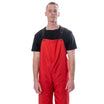
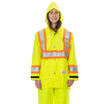
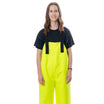
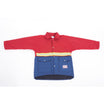
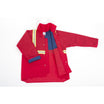
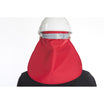
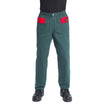
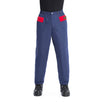
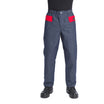
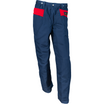
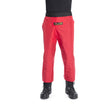
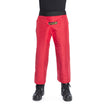
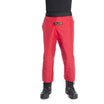
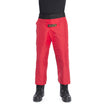

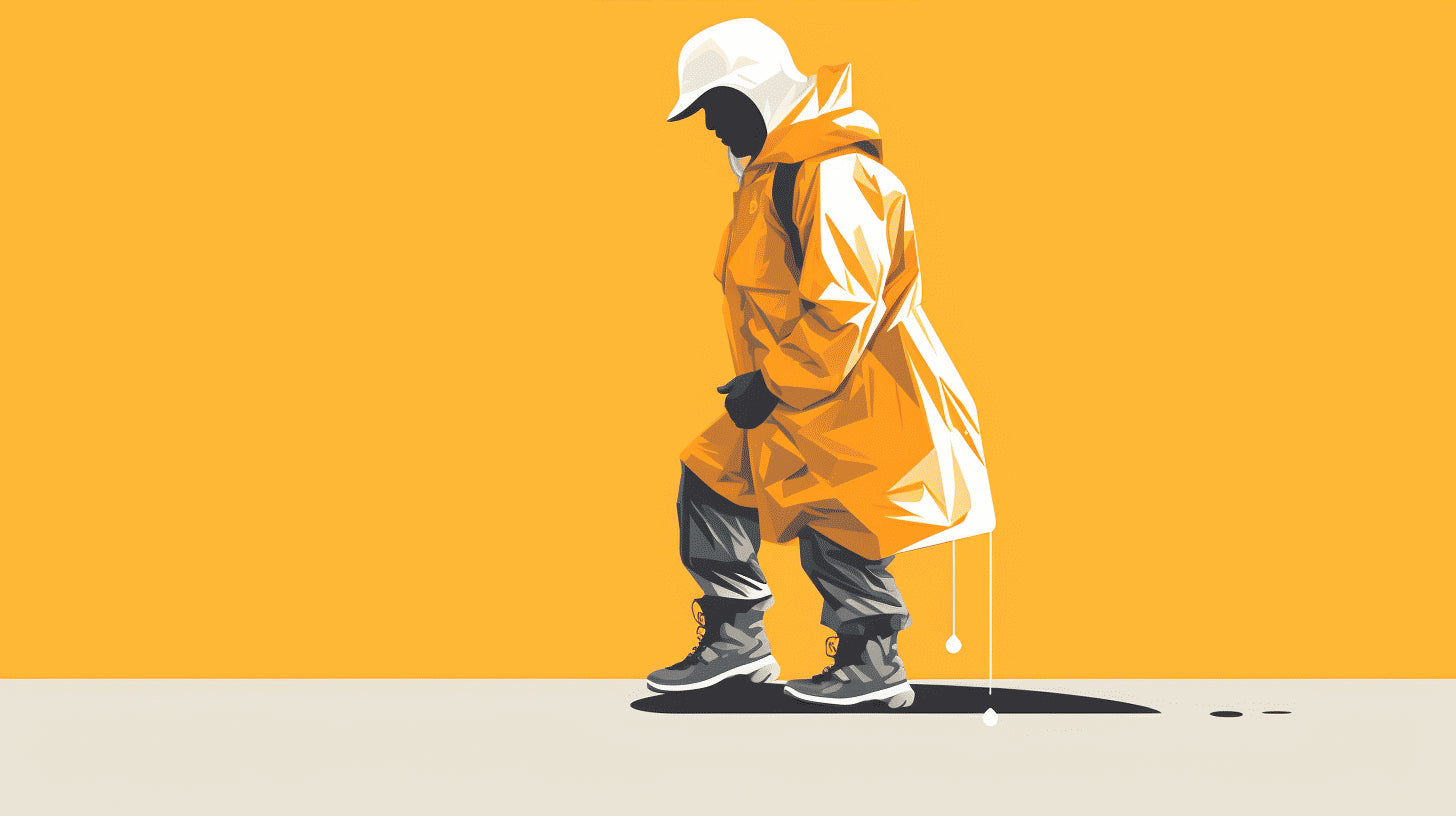
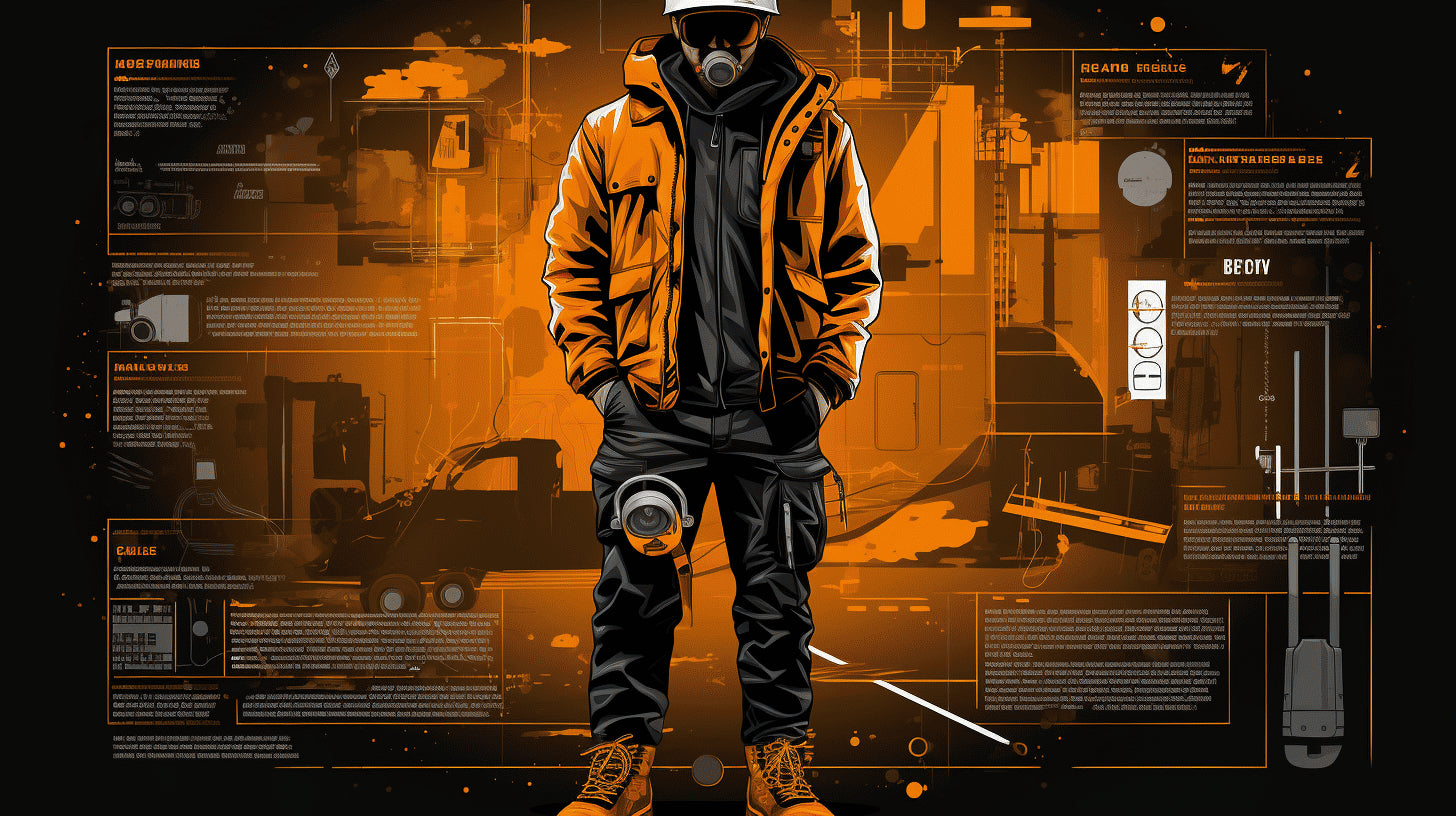
Leave a comment
This site is protected by hCaptcha and the hCaptcha Privacy Policy and Terms of Service apply.